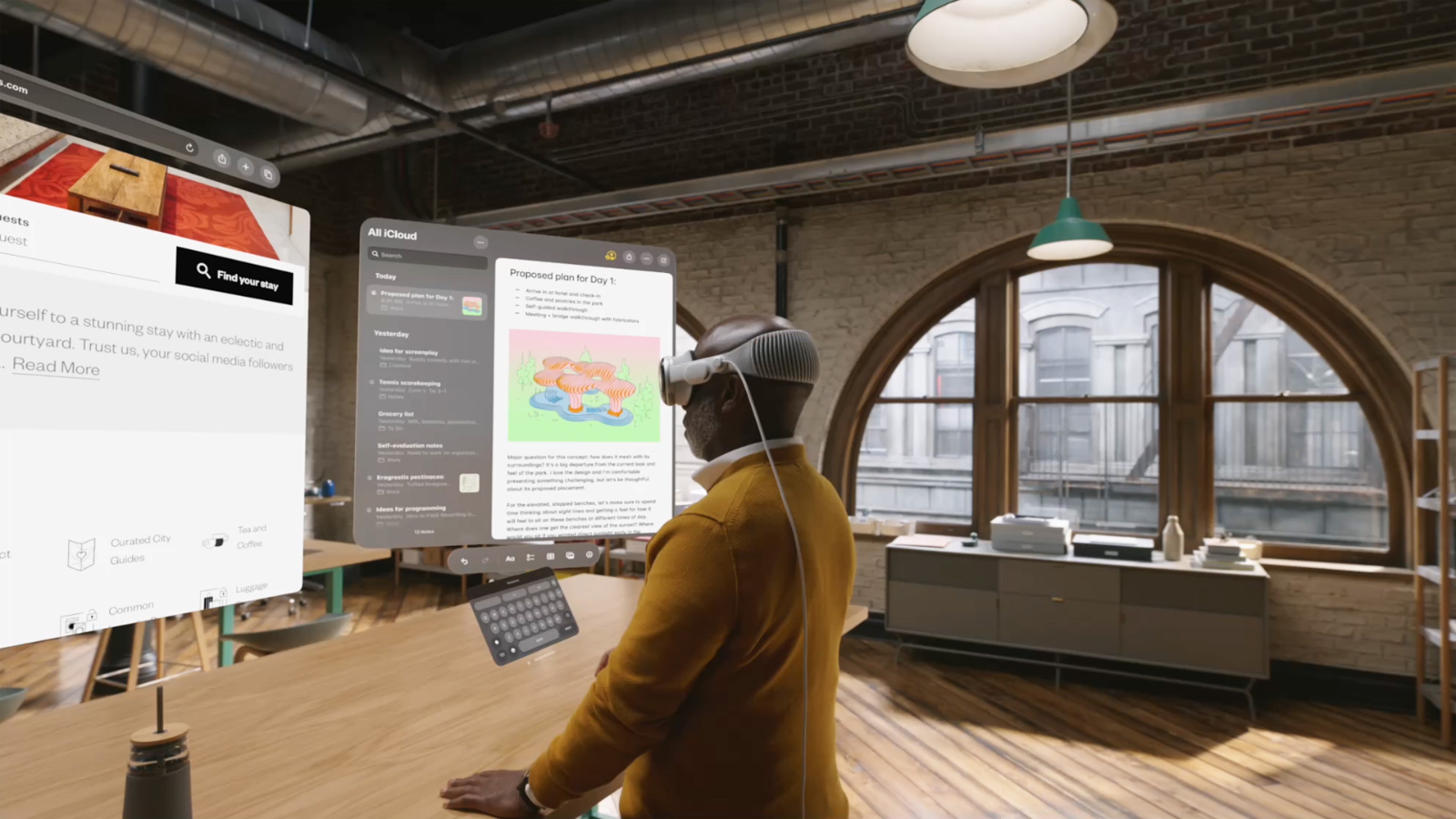It is noticeable that interest in the Apple Vision Pro has waned In the time that has passed since its launch in the American market in February 2024, according to journalist Marc Germain Bloomberg. In a recent article, German describes a noticeable decline in demand for the device's offerings and thus in sales, based on conversations he had with employees at various Apple Stores:
“Demand for shows has dropped dramatically. People who make appointments often don't show up, while sales – at least in some stores – have dropped from two or three items a day to just a few over the course of a week. Meanwhile, Apple has been forced to To intensify its advertising efforts through its website, where there is a huge advertisement for the Vision Pro device, the most aggressive promotion since the device went on sale in early February.
The trend that the Apple Vision Pro seems to be capturing is unlikely to be a passing blip and likely points to a larger problem that has plagued VR technology since its early days, which is keeping users engaged, from the moment the initial sensation fades.
At the same time, noted Apple analyst Ming-Chi Kuo reported that the company has significantly reduced orders for the Vision Pro before its release outside the US. His sources say Apple now expects to sell only 400,000 to 450,000 units in 2024, compared to what Kuo says “the market expects” to be between 700,000 and 800,000 units.

Germain describes his personal experience with the Apple device, portraying it as a microcosm of what he believes is a broader trend. He has reduced his use from a daily basis to only once or twice a week. He says the main barrier to frequent use is the whole setup that involves using external batteries, loading software and using a complex menu, things that make traditional devices like a laptop or mobile phone more tempting for frequent use.
The German also points to the lack of a great app accompanying the device, as well as the lack of separate content, as factors that further restrict usage. He notes that the Vision Pro seems more useful for solo activities, such as during a long flight or working from home, than for use in social settings or collaborating with colleagues.
As it seems, Apple has a long way to go to develop the Vision Pro into a device that will redefine daily communication with technology. In the meantime, several bugs that initially caused problems with VisionOS have been resolved, although many of Apple's own apps are still not optimized for the device's operating system.
In the latest update to the VisionOS operating system, Apple added Spatial Personas, an app that creates the feeling of being in the same virtual space with another user of the device. Spatial personas can be used for users to watch movies and TV shows together, make FaceTime and other video calls, run apps like Freeform, play games, and more. The problem, of course, is that this feature requires other Vision Pro users to take advantage of it, and as Germain points out, those are still few and far between.
Apple is expected to make fewer than 400,000 Vision Pro devices through 2024 due to the complex process, according to analyst Ming-Chi Kuo. However, Apple is already rumored to be preparing a new version of the Vision Pro for 2025, which will be available at a lower price. Meanwhile, the first version of the device is expected to be available in more markets later in the year.
-

8





More Stories
In Greece Porsche 911 50th Anniversary – How much does it cost?
PS Plus: With a free Harry Potter game, the new season begins on the service
Sony set to unveil PS5 Pro before holiday season – Playstation